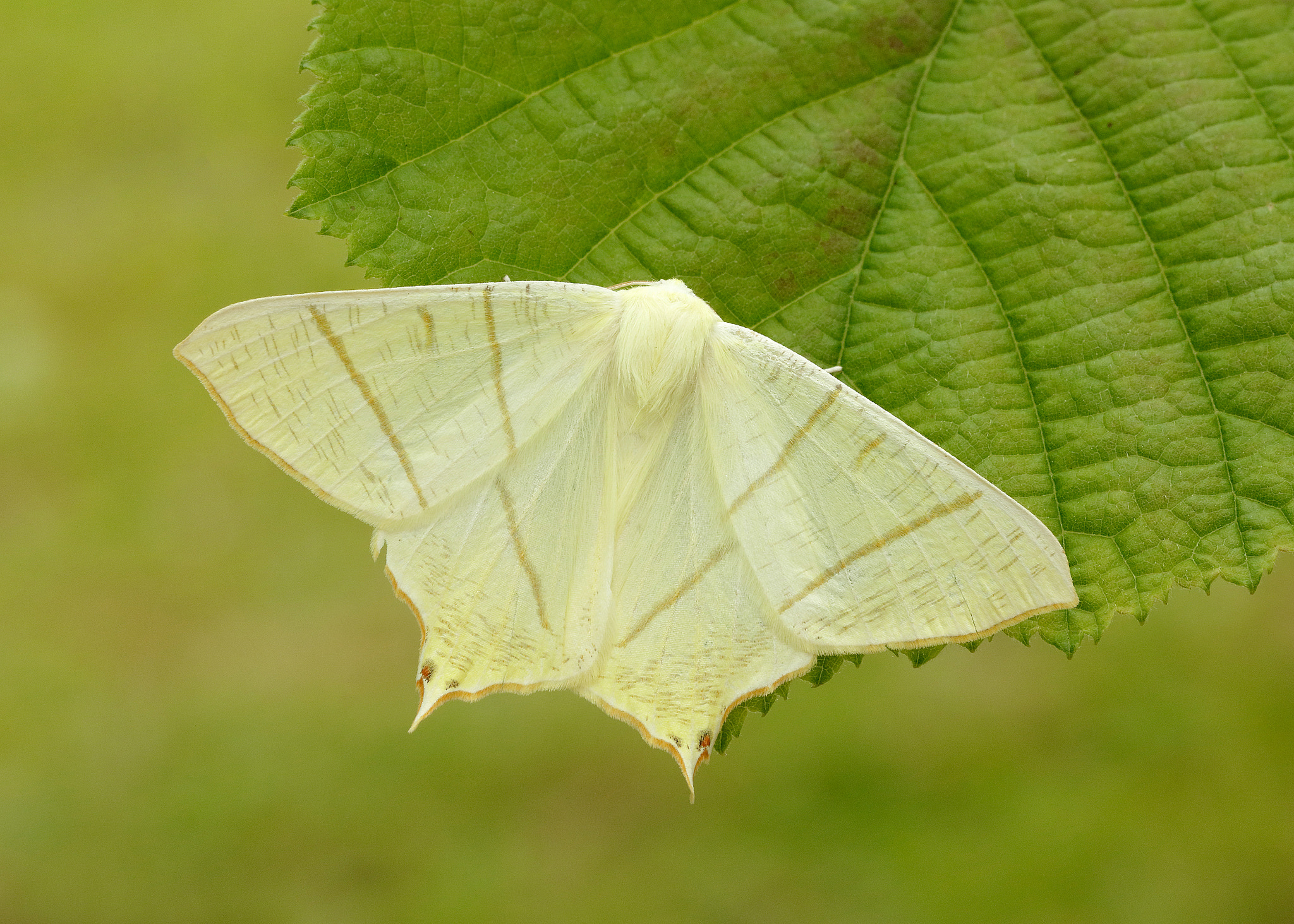Hedges
The Government’s new National Pollinator Strategy has just been launched, which urges everyone to help improve the quality and extent of habitats suitable for pollinators such as bees and moths.
The recommendations include growing more flowers, shrubs and trees to provide nectar and pollen as food for bees and other pollinators throughout the year. The strategy also highlights the need to protect insects at vulnerable stages of their life cycle by offering shelter and nest sites.
Planting a hedge is a simple way to fulfil many of these suggestions.
Why plant a hedge
Hedges made up of different native shrubs and trees can provide vital food and shelter for garden wildlife such as insects, birds and mammals. Their flowers will provide nectar for butterflies, moths, bees and hoverflies; birds will nest there and feast on berries and nuts; and various invertebrates such as beetles will find cover in the leaf litter under the hedge, along with mice and hedgehogs.
Where to plant
If you have a large enough garden then use a hedge as a garden boundary. They make a great backdrop to a border, provide privacy and are an effective windbreak. In a smaller garden you could just choose a couple of plants which you keep trimmed instead.
When to plant
Plant hedges between November and March, at a time when the ground isn’t waterlogged or frozen.
What to plant
Check around your neighbourhood to see what is growing and plant some of those species to provide extra habitat for moths and butterflies already in the area. Choose native plants which have flowers in spring, to provide important early nectar, followed by berries in autumn.
The following selection of native plants will provide a range of flowering and fruiting times to support more wildlife. Additionally, many moth caterpillars will use these as foodplants:
• Beech Fagus sylvatica - Foodplant for moths such as Clay Triple-lines and Barred Sallow
• Blackthorn Prunus spinosa -Thorny shrub with white flowers in early spring and sloes in autumn.
Nectar for early Peacock and Small Tortoiseshell butterflies. Foodplant for Brown Hairstreak butterfly caterpillars along with many moths including Blue-bordered Carpet, Peppered Moth and Chinese Character.
• Dogwood Cornus sanguinea - Large shrub with white flowers in spring followed by black berries
• Guelder Rose Viburnum opulus - Attractive shrub with globes of white flowers in early summer followed by red berries
• Hawthorn Crataegus monogyna - A fast-growing, thorny tree with white flowers in spring and red fruits in autumnThe traditional hedging plant of cottage gardens Foodplant for moths such as Swallow-tailed Moth, Brimstone Moth and Feathered Thorn
• Hazel Corylus avellana - Yellow catkins in spring and nuts in autumn. Foodplant for moths such as Scalloped Hazel and Purple Thorn
• Holly Ilex aquifolium - Slow-growing evergreen tree with the female bearing red berries. Foodplant for the Holly Blue butterfly
• Purging Buckthorn Rhamnus cathartica - Thorny shrub with black berries. Foodplant for the Brimstone butterfly
• Spindle Euonymous europaeus Fast-growing shrub with tiny flowers in spring then bright pink berries enclosing orange seeds
Once the hedge has become established you can grow flowering climbing plants through it to add colourful interest and more food and shelter for wildlife. These include:
• Honeysuckle Lonicera peryclymenum - Foodplant for Early Grey and Twenty-plume Moth
• Dog Rose Rosa canina - Pink or white flowers then red hips
• Field Rose Rosa arvensis - White flowers with golden centres followed by orange-red hips.
How to plant
Hedging plants are often supplied as bare-root specimens. Small hedge plants, called whips, are about 60cm high. They are cheap and easy to establish.To achieve fast growth when you plant a hedge then prepare the soil well first. Dig a trench 1m wide and 30cm deep. Add compost and fertiliser then place the hedging plants into the trench, about 30cm apart, spreading out their roots and replace the soil. To create a dense hedge, stagger the plants in a double row. Cut back hard after planting to encourage bushy growth from the base of the hedge. Put mulch (such as bark chippings) around the plants to suppress weeds and retain moisture.
How to maintain
When the plants are young, cut back hard each year to continue to encourage side shoots to grow. Once established, trim the hedge to prevent it growing out of control. Avoid cutting hedges between March and August when birds are nesting. Prune in late winter after the nuts and berries have been consumed.
Hedges might take several years to reach the desired size but it is worth the wait.
Happy Gardening!
The Secret Gardener
* For more gardening tips on attracting butterflies visit our Gardening page.


